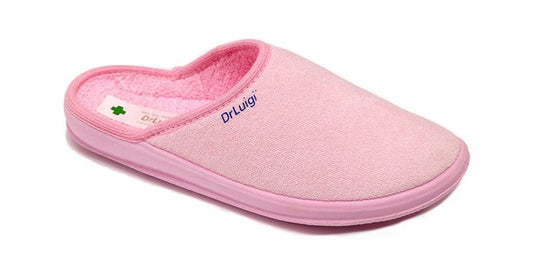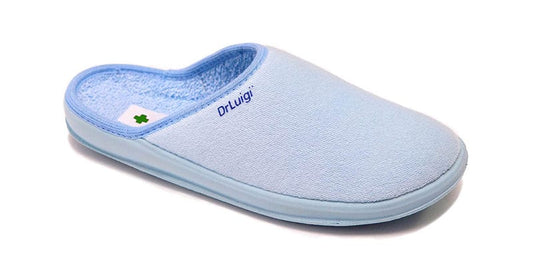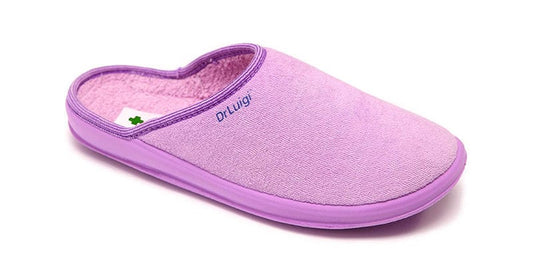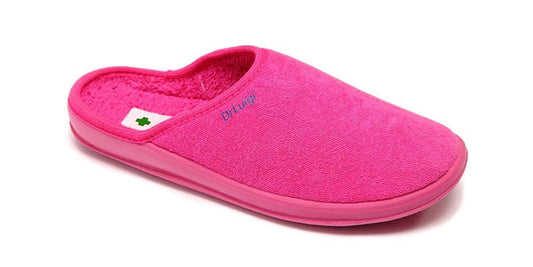Wearing old or worn-out shoes can pose various risks to your foot health and overall well-being. Here are some of the potential risks associated with wearing shoes that are past their prime:
-
Increased Risk of Foot Injuries: Old or worn-out shoes may lack proper support and cushioning, increasing the risk of foot injuries such as blisters, calluses, corns, and stress fractures. Additionally, worn-out soles can lead to slips and falls, especially on slippery surfaces.
-
Reduced Arch Support: Over time, shoes lose their ability to provide adequate arch support, leading to issues with your feet, knees, hips, and back. Insufficient arch support can contribute to conditions like plantar fasciitis, shin splints, and flat feet, causing pain and discomfort.
-
Inadequate Shock Absorption: Worn-out shoes may not offer sufficient cushioning to absorb shock, leading to discomfort and potential injury to your feet and joints. This can result in pain in various parts of the body, including the feet, knees, hips, and back, and may even contribute to the development of arthritis.
-
Increased Risk of Foot Fungus: Old or worn-out shoes can create a warm, moist environment that is conducive to the growth of foot fungus. Tight-fitting shoes or those that do not allow for proper ventilation can contribute to conditions like athlete's foot, which can cause itching, blistering, and cracking of the skin.
-
Decreased Comfort and Support: As shoes age and wear, they lose their ability to provide the comfort and support needed for healthy feet. This can lead to discomfort, pain, and the development of blisters, calluses, and corns, particularly if you spend a lot of time on your feet.
-
Decreased Durability: Worn-out shoes are less durable and more prone to breakdown, requiring replacement more frequently. This can be especially problematic if you rely on your shoes for work or physical activity, as worn-out shoes can impair performance and increase the risk of injury.
-
Inadequate Fit: As shoes age, they may lose their ability to provide a proper fit, leading to pain, discomfort, and an increased risk of foot injury. Ill-fitting shoes can also cause gait abnormalities, which may contribute to knee, hip, and back problems over time.
To prevent these risks and maintain optimal foot health, it's important to regularly inspect your shoes for signs of wear and replace them as needed. Investing in high-quality, supportive footwear and rotating between different pairs can also help prolong the lifespan of your shoes and reduce the risk of foot problems.





